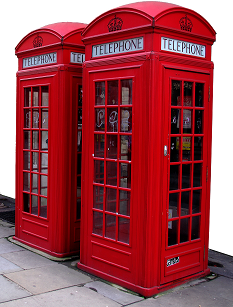2020-06-16: Tracing apps galore!
So I see normally sane people boasting that they have installed their country’s tracing app; ours came out today. Why is that, I wonder?
Be sure not to misunderstand; I am not a tin-foil hat wearer that tells you that tracing apps are the devil, and that you should not use them no matter what. You can install and use one if you want; you just need to know that they are, by design, almost completely pointless.
You need to know a few things. First, the likelihood that any random encounter between two people will be even registered is the square of the rate of people (not smartphone users) who have the app installed. So if we do hit the target of 60% of people (which is almost 100% of smartphone users, the maximum possible), the likelihood of any random encounter being registered is a bit above a third (36%). The highest numbers of actual adoption of a tracing app is from Iceland, where it is about 38% of the population. That means that the encounter of two random people will be recorded with a probability of a whopping 14.4%, or about one in seven. (Do the math.)
But that’s only one side of the coin; the easy one. So we now know that almost all dangerous encounters will go undetected.
What about the ones that do get detected? Are they dangerous?
And that’s where things get dicy. The closeness of contact is estimated (at least for the German app) using the strength of the Bluetooth signal. Unfortunately, the relative strength of the Bluetooth signal is governed by very different factors from what governs the chances of infection. Imagine talking to someone separated from you by a plexiglass barrier. The chance of infection is small. Yet, your app will count it as a dangerous contact. Or maybe you are on a café’s terrace, seperated from someone on the inside by a full-height window. Chance of infection: zero. Closeness of contact according to the app: very close. And since (again, with the German app) you are not told exactly where and when you were in close proximity: maybe you left your phone in your car while going for a jog, or a swim, and someone parked their car with their phone next to you? Maybe it was on a charger at the time, and someone else’s came close? Maybe your phones got intimate with each other but you didn’t?
And that’s before we start talking about masks.
Oh, you are wearing your phone in your butt pocket? I see many young women do that. Your body (which is mostly water) shields your phone from detecting people breathing directly into your face from counting as close encounters while anyone rubbing their butt (and phone) against yours will be counted as very close, high-risk contacts. (Same goes for people carrying phones in backpacks.) And of course there is no calibration for the measurement of Bluetooth signals; measured values can be all over the place.
So what does it tell you if your app does not have any reasons for alerting you? It means “You may or may not be infected; remain cautious and considerate to those around you.” What if the app tells you you had a potentially dangerous encounter? It still means “You may or may not be infected; remain cautious and considerate to those around you.”
I don’t need an app for that.
Install it if you want; no harm done. (That is a simplification, I know. Not much harm done, anyway.) But not much gained either.

